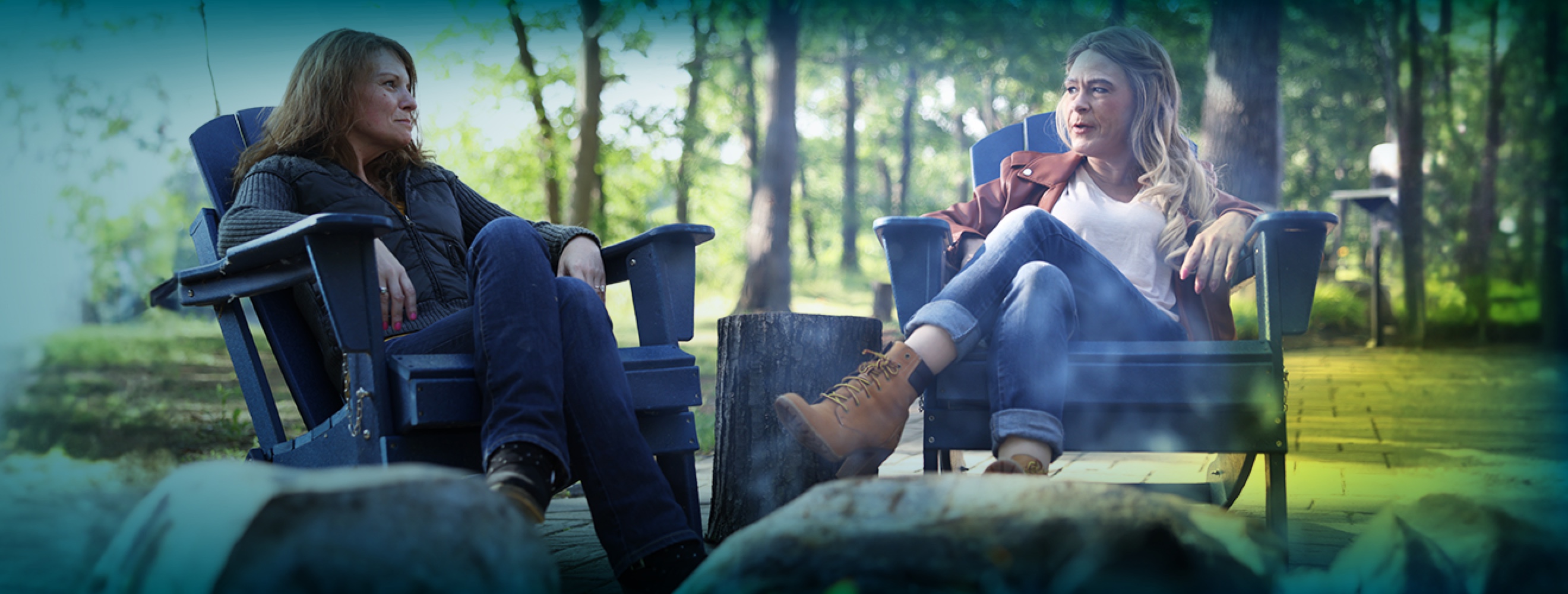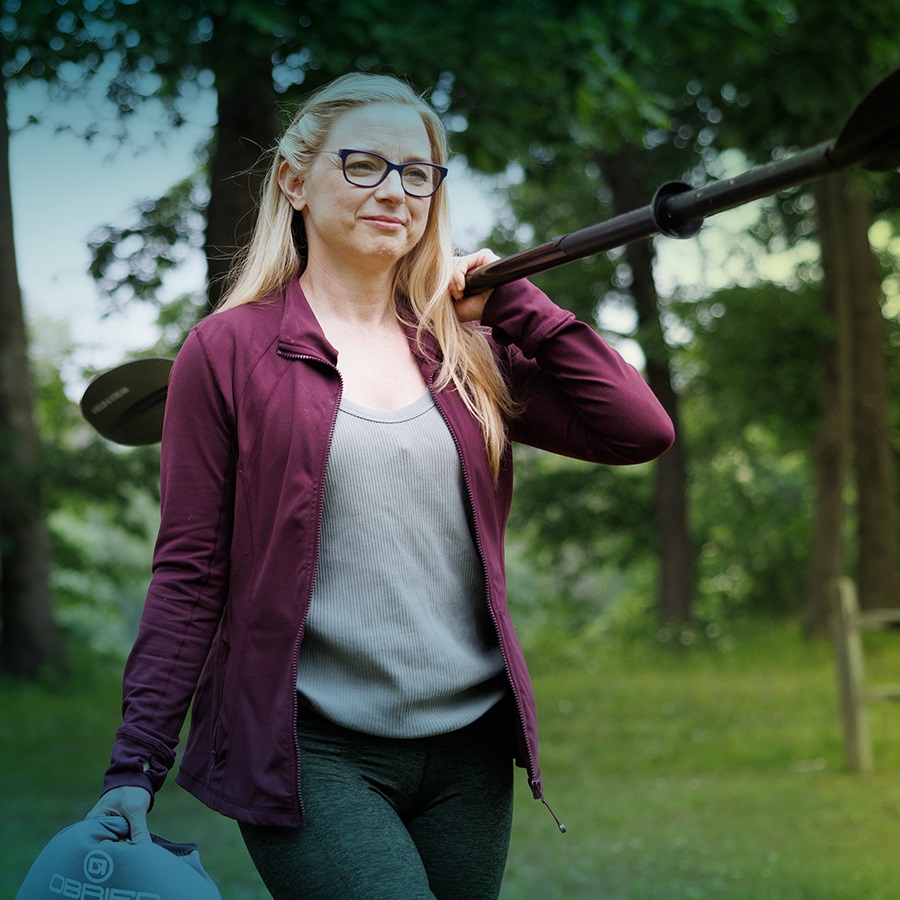PBA Is Treatable
Since Pseudobulbar Affect (PBA) episodes are unpredictable and can happen at inappropriate times, including in social situations, they can leave you feeling misunderstood and frustrated. The good news is that there is a treatment for PBA.
NUEDEXTA is the first and only FDA-approved treatment for PBA. NUEDEXTA contains quinidine and should not be used concomitantly with other drugs containing quinidine, quinine, or mefloquine.
Please see additional IMPORTANT SAFETY INFORMATION.
Understanding the efficacy of NUEDEXTA is important so patients know what they can expect when they go on treatment.
In a 12-week clinical trial of 326 PBA patients with amyotrophic lateral sclerosis or multiple sclerosis that measured average daily episode rate vs. placebo, patients taking NUEDEXTA experienced an average of 3.9 fewer episodes per day compared with 6.8 episodes per day before taking NUEDEXTA. Patients taking placebo experienced an average of 3.0 fewer episodes per day compared with 4.5 episodes per day before taking placebo.
Mary-Beth
Patient living with epilepsy and PBA taking NUEDEXTA
For me having a diagnosis and then having a treatment, it's made such a difference, in terms of the reduction in episodes.
Karen
Patient living with multiple sclerosis and PBA taking NUEDEXTA
I’ve been on NUEDEXTA for over 10 years now and, personally, I rarely have episodes.
Jill
Patient living with traumatic brain injury and PBA taking NUEDEXTA
[Since I started taking NUEDEXTA], I may still experience PBA episodes, but at a reduced rate from when my episodes first started.
Individual results vary. All ambassadors are real patients living with PBA. Images reflect patients with PBA at the time the images were captured.
Hear from real patients about the impact of taking NUEDEXTA
“I was in a social situation, and I did not have a crying episode — and it felt great.”
— Carol, patient living with TBI and PBA
Individual results vary.
NUEDEXTA Is Well Tolerated
Some of the most common side effects when taking NUEDEXTA:
- Diarrhea
- Vomiting
- Weakness
- Dizziness
- Cough
- Swelling of feet and ankles
- Diarrhea
- Dizziness
- Vomiting
- Cough
- Weakness
- Swelling of feet and ankles
These side effects were each seen in less than 15% of patients taking NUEDEXTA in a clinical trial. This is not a complete list of side effects. Tell your doctor about any side effects that bother you or do not go away.
Please see Important Safety Information and full Prescribing Information.
Before taking NUEDEXTA:
- Tell your doctor about all medications and supplements you are taking.
- Ask your doctor what medications you cannot use with NUEDEXTA.
- Tell your doctor if you have heart disease, or if you or a family member have ever had any heart rhythm problems.
Starting Treatment With NUEDEXTA
Get the most out of treatment with NUEDEXTA. Learn about how to take NUEDEXTA, the dosing guidelines, and other important information related to treatment.
Jill (right) is a real patient living with PBA. The others depicted are not real patients. Image reflects patient with PBA at the time the image was captured.



